This work forms part of a decades-long exploration of the ecological citizen of the post-modern era. It is a movement toward an ecological awareness illustrating how we have withdrawn from our non-human nature, both in our speaking and in our senses, of which body movement is one amongst the senses of balance, of life, of thought, warmth and the sense of the self. This disconnection leaves us insecure, restless, sad, insensitive, dependent and with poor judgment. It also leads us to hubristic self-positioning, with the power to annihilate life itself.
Technically and artistically this work requires an alignment that overrides binaries that disconnect us, such as mind/body, inner/outer, rational/emotional, free/dominated, culture/nature, space/place, human/animal, new/old, male/female, urban/rural, middle-class/working-class, white/black and subject/object.

The aesthetic dimension of public culture is central in overcoming crippling dualisms of Western modernity that impair participatory engagement. The living body in dance desires to express that we are not only our bodies. We are more, and how we move could represent a sustainable earth … in the human form. Our human part in the genesis of knowledge in its most crucial aspect - in the face of climate change - is to prepare ourselves aesthetically and spiritually for the reception of this knowledge. Increasingly our learning needs to enable intuitive, embodied experience that deals with the immediate reality of our circumstances. Climate change calls for an activism that is not elevated, ideal or abstract, but an integrated part of everyday consciousness, located within our cultural histories and ecologies – a climate-change justice that considers the local/global and present/future features through sophisticated deliberation, reflexive engagement and aesthetic response to the urgency of self expression.
This work aims to give expression to a connective aesthetic, a connective practice that enables us to respond, as opposed to being numbed by our living environment. It offers an ethical individualism as artistic agency.
As many people are looking for new forms of living, avenues of participation, integrous engagements with others, with Nature and with the future, scientific, political and economic models need to make space for our inner abilities and potentialities that investigate imagination, intuition and inspiration. Our relationship to the outer world will become more responsive and might better serve us in developing what is described as a sustainable future.
My performance aims to evoke the aesthetic representation of empathy, listening, imagination, an unfurling process that accommodates emergence, an inner reality to the outer world. Through the artistic choice of a filmic device onto the dance, the dance wishes not to explain the world, but to describe it as closely as possible in the way the world makes itself evident to the awareness, the way things first arise in our direct, sensorial experience.
The body is that mysterious and multifaceted phenomenon that always accompanies our awareness. It is the primary agent for an associative empathic landscape.
Therefore, the choice of dance to illustrate and celebrate this work.
